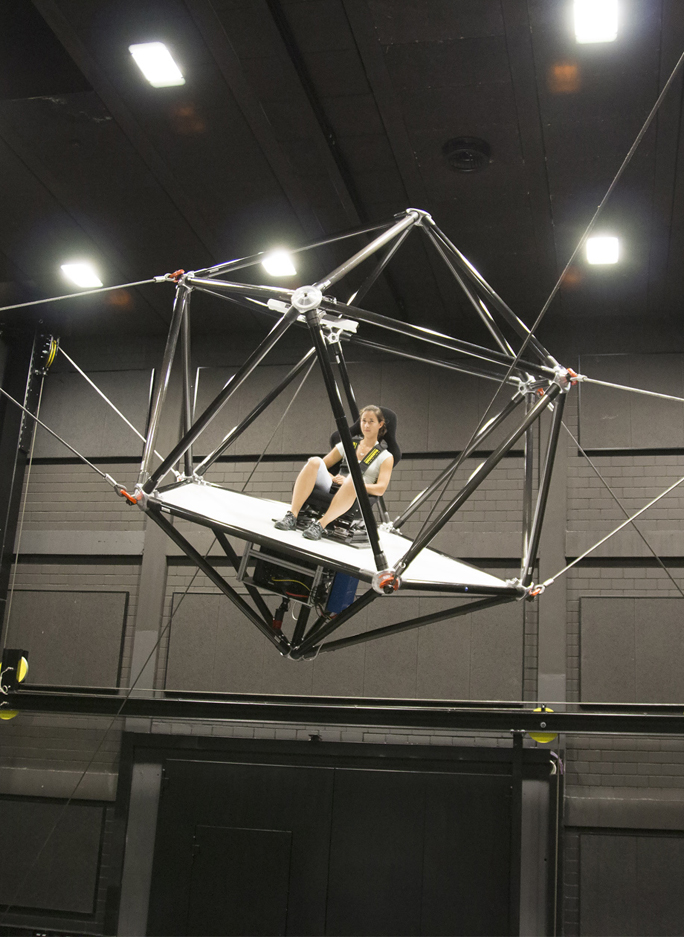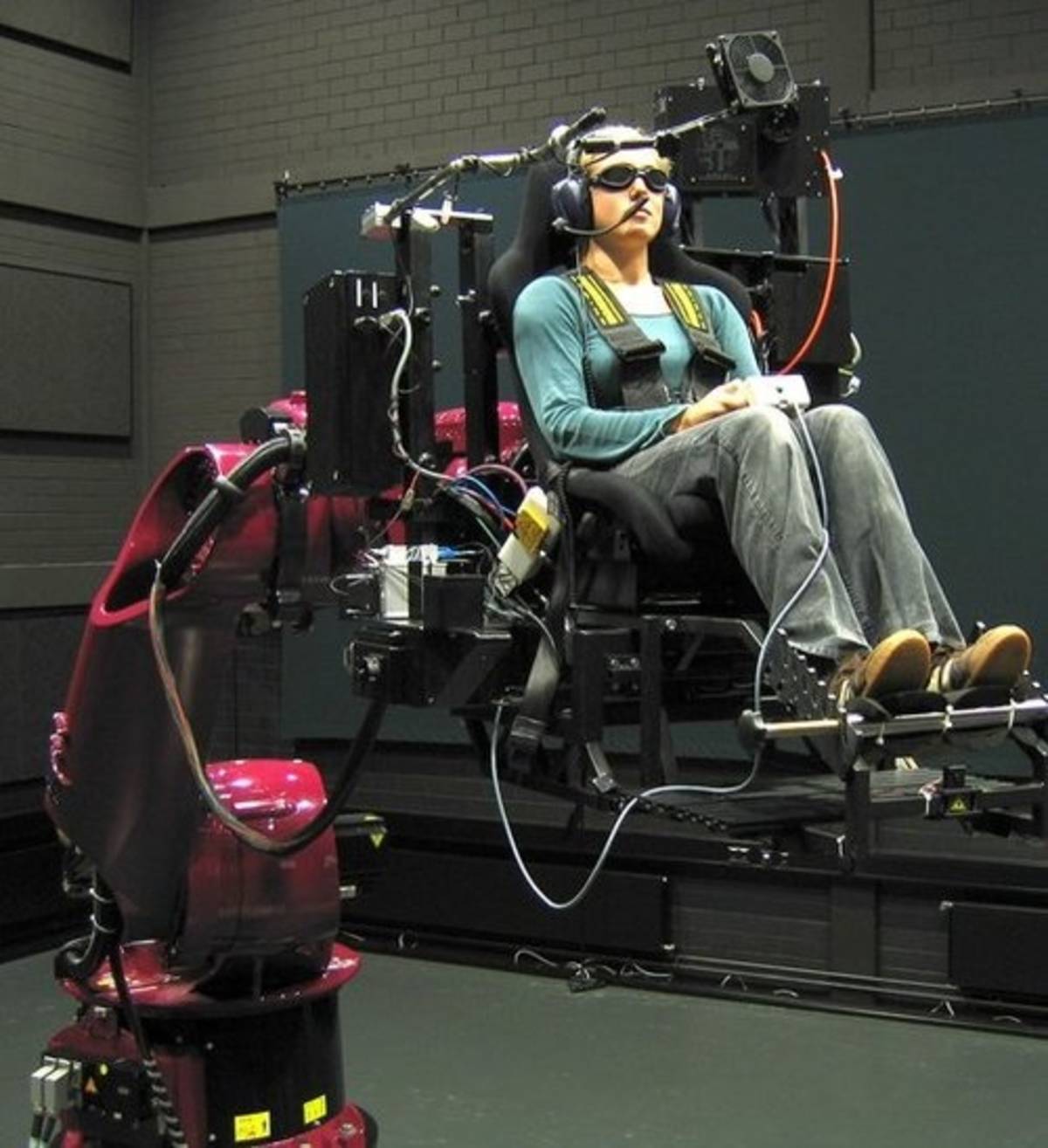Tokamak Asdex Upgrade Periphery | Max Planck IP,Garching
Since the end of the 1970s Thomas Struth dedicates his work to the world of buildings and constructions as a visible, physical and sculptural symbol of our civilisation.
Struth’s earlier works mainly comprised architectural shots of deserted streets, squares and houses which he aimed to capture by the term unconscious places. His more recent work, however, reveals his interest in sites of high technology and places of exhibition and display. Both his work Tokamak Asdex Upgrade Interior 2 (2009) which was taken at the Max-Planck-Institute in Garching and his photography of a massive concrete construction at the Acropolis Museum, Athens (2009) bear evidence of this new focus.
This excellent selection of Struth’s works enables us to trace his development as a Photographer from small-sized prints from his time as a student of Bernd and Hilla Becher to large-sized photographic tableaus, and to experience Struth’s sculptural understanding of architecture. In addition to that the installation is supplemented by his largest work, a shot of visitors in front of the Aquarium, Atlanta, Georgia (2013) which follows the pattern of his Museum shots.




